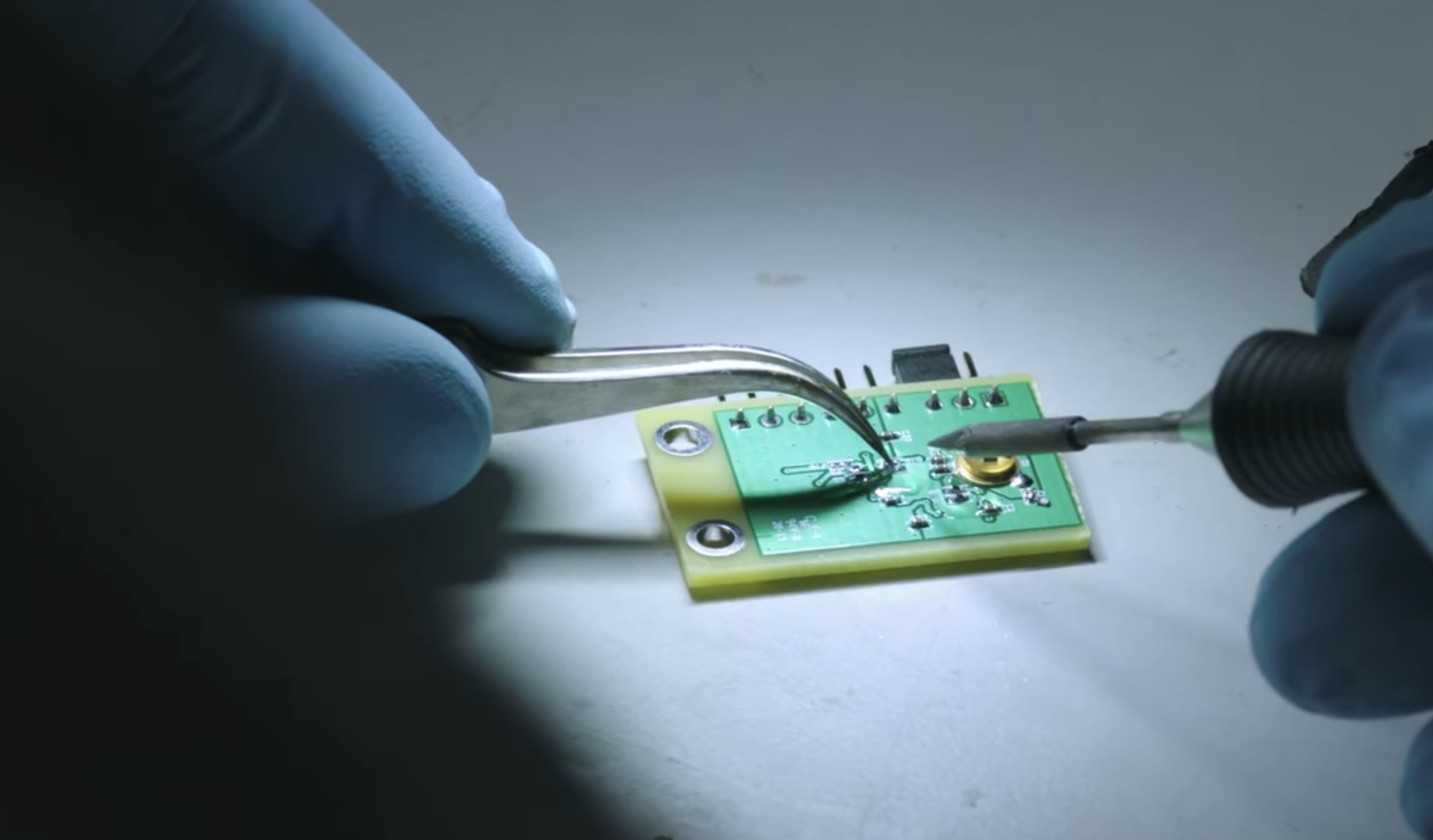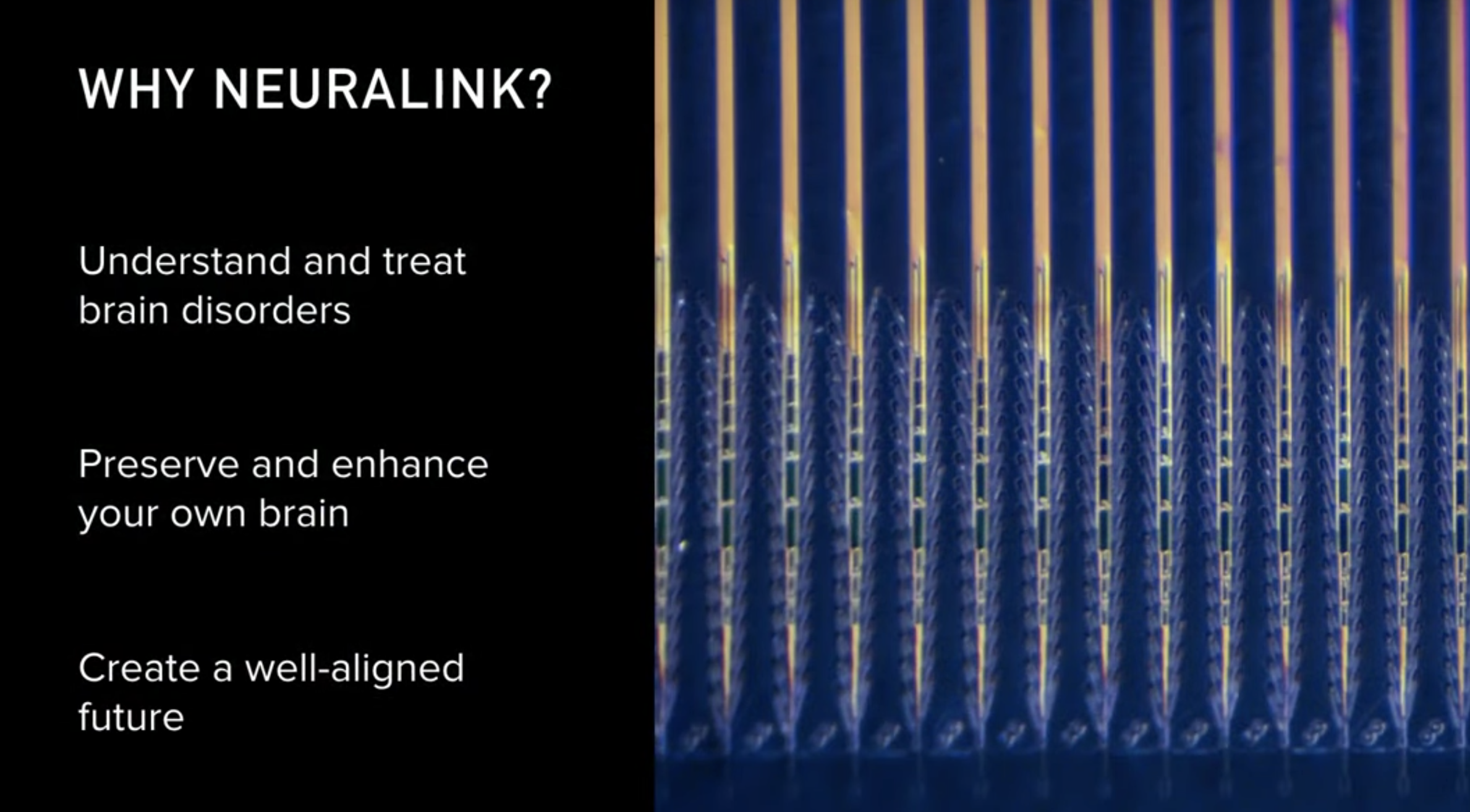Elon Musk Announces Plan to ‘Merge’ Human Brains With AI
Credit to Author: Mitch Bowman| Date: Wed, 17 Jul 2019 13:31:55 +0000
Elon Musk announced late Tuesday night that the final goal of Neuralink, his brain-machine interface startup, is to allow humans to “achieve a symbiosis with artificial intelligence,” and that by “merging with AI,” humans will be able to keep up with AI. Musk plans to begin human trials on an early version of Neuralink intended to treat brain injuries next year.
“Ultimately we can do a full brain machine interface,” Musk said in an announcement that was widely livestreamed. “This is going to sound pretty weird. Ultimately we can achieve a symbiosis with artificial intelligence. This is not a mandatory thing, this is something you can choose to have if you want. This is going to be really important at a civilization-level scale. Even in a benign AI scenario, we will be left behind. With a high-bandwidth brain machine interface we can go along for the ride and have the option of merging with AI.”
Musk has become famous for his moonshot projects, his lofty promises, his quick temper on Twitter, and his various plans for society that don’t include input from the rest of us. Neuralink has operated largely in secret since it was announced in 2017, though public records documents obtained by Gizmodo show that it has been funding primate research studies at universities in California. Tuesday was the company’s coming out party.
The company’s short-to-medium-term goals are to create a chip that can be implanted into the brain to treat a variety of brain injuries and diseases, including paralysis, Alzheimer’s, and dementia. Musk said progress will be slow, and that the company will not suddenly unveil a chip that takes over people’s brain. At the very least, Musk mentioned that he wants to get FDA approval for the implants.
“Unless we have some sort of brain-machine interface that can solve brain ailments of all kinds, whether it’s an accident or congenital, any kind of disorder or a spinal disorder, we can solve that with a chip,” he said. “This is something most people don’t understand yet. All of this will occur quite slowly. It’s not like Neuralink will suddenly have neural lace and start taking over people’s brains. It will take a long time, and people will see it coming.”
This all, of course, is in the very early stages, and Musk’s claims need to be taken very skeptically from both a sociopolitical and an engineering/scientific standpoint. Musk has become good at launching rockets and making electric cars, but progress on his side projects—the hyperloop, the Boring Company, the miniature submarine he wanted to make to save trapped Thai children from a cave—has been slow and often unwanted. For example the Boring Company has “invented” a tunnel that allows cars to travel through it single file ands approximates a subway train that can carry several orders of magnitude fewer people through it. For this underwhelming demo, Musk has received contracts worth tens of millions of dollars.

It is unclear how much time or effort Musk is actually dedicating to Neuralink, how feasible the project is, whether anyone actually wants it, and what will happen to the people who can’t afford or don’t want to merge with AI. All of that said, brain-machine interfaces do show promise for treating people with brain injuries and diseases, and in that sense, this is a serious area of research that could potentially help many people.
In any case, Musk opened with a frank acknowledgement that the main purpose behind the presentation was recruitment, and as such the information given leaned heavily into the technical details that would be of interest to neuroscientists and engineers in the fields relevant to Neuralink’s mission. Much of the presentation’s runtime was devoted to explaining the intricacies of how neural communication works, how the company is designing chips to interpret brain activity, and how specific parts of the brain would give the team the types of data it needs to allow the brain to meaningfully communicate with a computer system.

Beyond the technical details, the team did provide some concrete information on what it’s up to, including some details on what the first device it intends to implant in people’s brains looks like and how it functions. In essence, the device consists of a large number of “threads” (incredibly thin wires with a handful of electrodes on the end of them) which are inserted into the brain in places where they will be able to pick up the electrical signals from individual neurons, a system-on-a-chip that receives and interprets all the data from the threads, and a “pod” worn behind the ear that then relays the data via Bluetooth to a phone or other device running the actual software that uses the neural data.
In its current form, each chip carries 1,024 electrodes worth of threads, which is already good for around 10 times more data acquisition than is possible with current medical devices such as those used to treat Parkinson’s via Deep Brain Stimulation, the team said. Due to the small size of the chip, just 4mm by 5mm, the team believes it may be able to implant up to 10 of these chips in a single brain, but it plans to start with just four chips in their initial human trials.
For those first human clinical trials, which Musk claims will be underway by the end of 2020, Neuralink will be attempting to use its device to allow quadriplegics to control a computer. This will involve inserting the aforementioned threads into the primary motor cortex, which as the name implies controls the body’s motor functions; according to the Neuralink team, this will allow the paralyzed patient to think about moving their hand to move a mouse, even though they can’t physically do so, and have the interface device interpret that brain activity to move the mouse accordingly.
Of course, with very little to go on beyond the word of the Neuralink founders, it’s hard to gauge exactly how realistic the company’s objectives are.
This article originally appeared on VICE US.